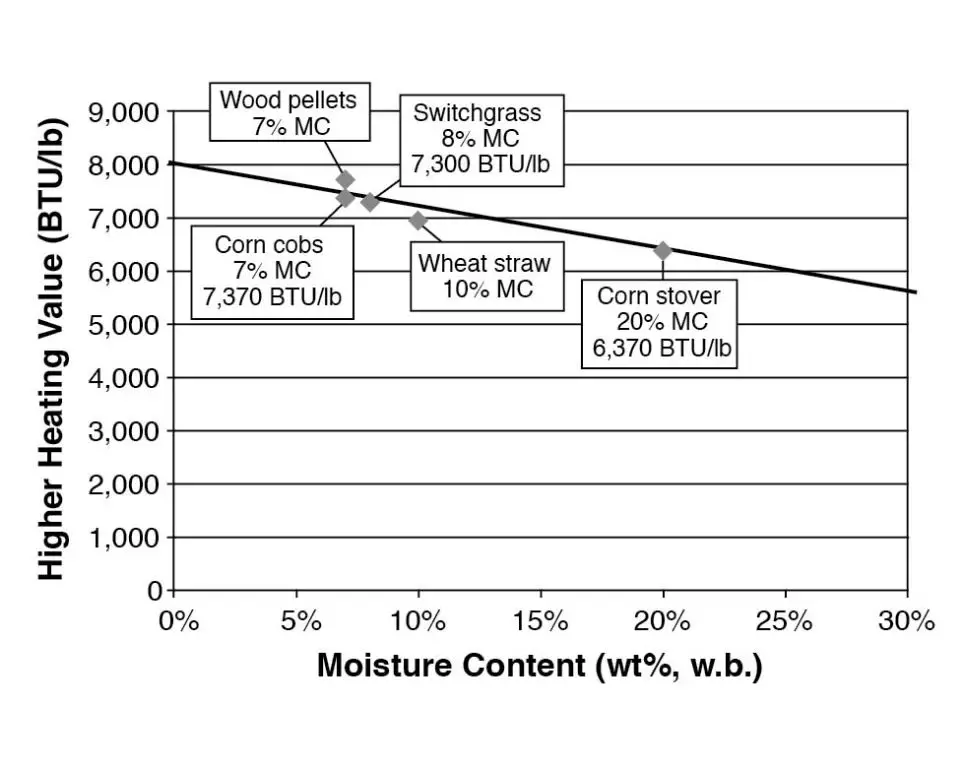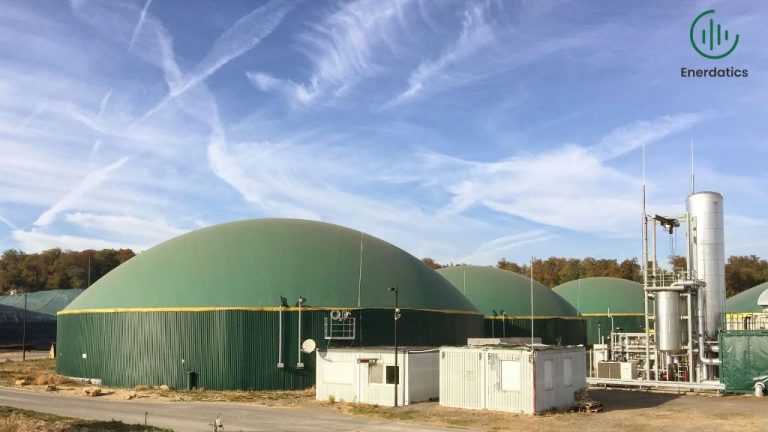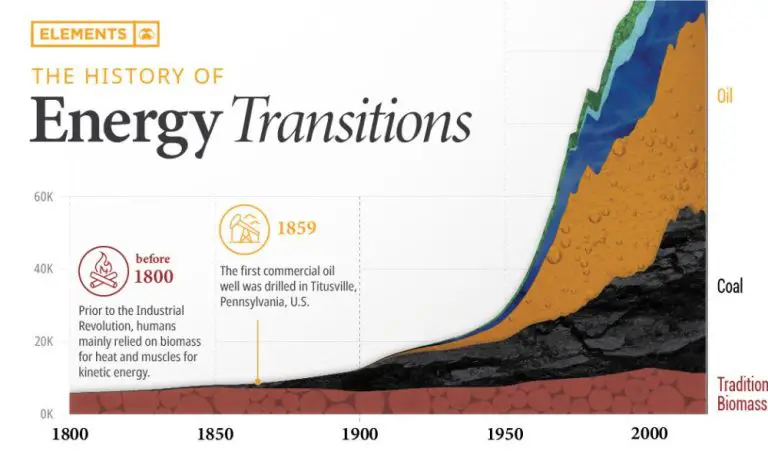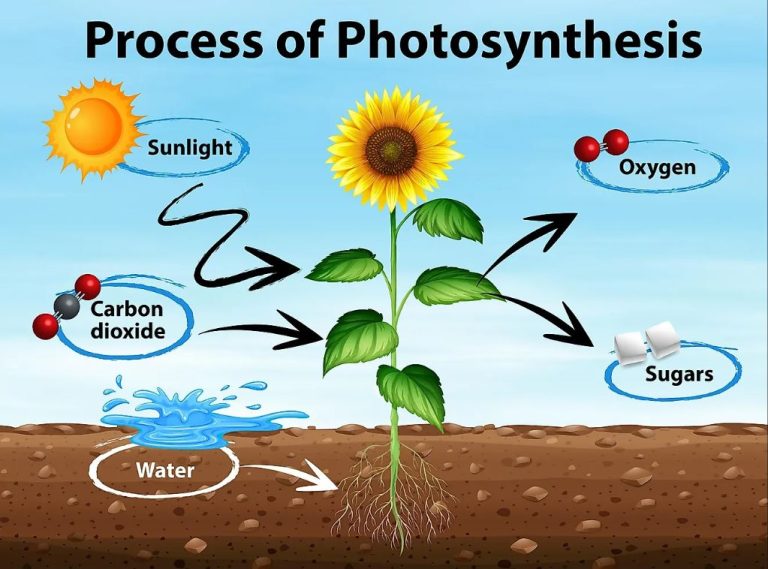What Is The Energy Content Of Biomass?
What is Biomass?
Biomass refers to organic matter derived from plants or animals that can be used as an energy source. It is a renewable and sustainable fuel source, as biomass materials can be regrown over relatively short timescales. Common examples of biomass include:
- Wood and wood processing wastes – sawdust, limbs, bark, lumber slash
- Agricultural crops and waste materials – corn, wheat, soybean, cotton, rice hulls
- Food, yard, and wood waste – municipal solid waste
- Animal manure and human sewage
- Specific energy crops like switchgrass or poplar trees grown for fuel
These biomass feedstocks contain stored energy from the sun in their chemical bonds. When burned, this energy is released as heat that can be used to generate electricity, provide heating, or power industrial processes.
Why Biomass Energy?
Biomass energy offers several key benefits that make it an attractive renewable energy source to consider:
Renewable – Biomass is considered a renewable energy source because the feedstocks can be replenished naturally within a human lifespan. Plants and trees used for biomass energy can be replanted to regenerate the supply. Waste feedstocks like municipal solid waste are also constantly being replenished.
Carbon neutral – The carbon dioxide released when biomass is burned is offset by the carbon dioxide absorbed as new biomass grows. This makes biomass a carbon neutral energy source as long as biomass stocks are not depleted.
Reduces waste – Biomass energy provides a productive use for waste materials like crop residues, forest residues, food waste, animal manure, and municipal solid waste. This diverts waste from landfills and avoids methane emissions.
Measuring the Energy Content
The energy content of biomass is commonly measured using heating values. There are two primary methods for measuring heating values:
Higher Heating Value (HHV) – This measures the total energy content, including the energy in the water vapor from combustion. It assumes the water is fully condensed after combustion. HHV is the total potential energy available if the water was recovered.
Lower Heating Value (LHV) – This measures the energy content excluding the energy in the water vapor. LHV assumes the water is in vapor state after combustion. LHV better represents the usable energy content.
Heating values are typically expressed in units of energy per unit mass or volume, such as MJ/kg (megajoules per kilogram), kcal/kg, Btu/lb (British thermal units per pound), or MMBtu/gallon. HHV is always higher than LHV for a given fuel. For solid biomass fuels with significant moisture, the difference between HHV and LHV can be over 5%.
Heating Values of Different Feedstocks
The heating value or energy content of biomass feedstocks can vary significantly depending on the source material. Two measures are commonly used:
-
Higher Heating Value (HHV) – This includes the latent heat of vaporization of water in the combustion products.
-
Lower Heating Value (LHV) – This excludes the latent heat of vaporization, representing the actual recoverable heat.
Typical HHV and LHV values for common biomass feedstocks are:
-
Wood and wood waste – HHV: 20 GJ/tonne, LHV: 18 GJ/tonne
-
Agricultural residues like straw – HHV: 17.5 GJ/tonne, LHV: 16 GJ/tonne
-
Animal manure – HHV: 10-20 GJ/tonne, LHV: 8-18 GJ/tonne
The high lignin content of wood results in a higher energy density compared to herbaceous biomass materials like straw. The high moisture content of animal manure and some waste feedstocks reduces their net calorific value.
Factors Affecting Heating Value
The heating value of biomass can vary significantly depending on several factors inherent to the feedstock itself. The three main factors that impact the energy content per unit weight are:
Moisture Content
The moisture content of the biomass feedstock is one of the most important factors affecting its heating value. As the moisture content increases, the heating value decreases proportionally. This is because energy is used to evaporate the water instead of contributing useful heat. Feedstocks like fresh wood chips can have moisture contents of 45-55%, while dried wood pellets are typically less than 10% moisture.
Ash Content
Ash is the non-combustible inorganic material and mineral content remaining after biomass is burnt. High ash content acts as an inert material, absorbing heat energy rather than contributing to combustion. Typical ash contents range from 1-10%, with herbaceous crops and waste biomass tending to have more ash than woody biomass.
Biomass Composition
The elemental composition of carbon, hydrogen, and oxygen in the biomass impacts its heating value per unit weight. Materials high in lignin and lipids generally have higher heating values than carbohydrate-based cellulosic biomass. The calorific value is also affected by extractives like resins, oils, and waxes that have minor influences.
Heating Value of Common Fuels

When comparing biomass to other fuels, it helps to look at their relative energy content per unit mass or volume. This allows us to understand how much energy different fuels can provide.
The heating value of biomass can vary significantly depending on the feedstock. Wood pellets, for instance, typically range from 16 to 19 MJ/kg. Compare this to the following common fuels:
- Coal – ranges from 15 to 35 MJ/kg
- Heating oil – approx 42 MJ/kg
- Natural gas – approx 54 MJ/kg
- Gasoline – approx 44 MJ/kg
- Diesel – approx 45 MJ/kg
While the energy density of biomass is lower than fossil fuels, it remains comparable. When looking at renewables:
- Hydroelectric – relies on site, but low energy density
- Solar PV – intermittent, panels vary from 0.1-0.35 MJ/kg
- Wind – intermittent, turbines vary from 0.5-1.5 MJ/kg
Compared to other renewables, biomass can provide more consistent energy output and higher energy density per unit.
Converting Energy Content
The energy content of biomass can be expressed in different units. Here’s how to convert between some common units:
To convert from MJ/kg to kWh/kg:
- 1 MJ/kg = 0.2778 kWh/kg
To convert from Btu/lb to MJ/kg:
- 1 Btu/lb = 2.326 MJ/kg
To convert from kcal/kg to MJ/kg:
- 1 kcal/kg = 0.004184 MJ/kg
Some examples:
- 15 MJ/kg = 4.17 kWh/kg
- 8,000 Btu/lb = 18.61 MJ/kg
- 4,500 kcal/kg = 18.83 MJ/kg
Knowing how to convert between energy content units allows you to compare biomass feedstocks and fuels using a standard unit like MJ/kg.
Estimating Energy Yield
When estimating how much energy can be generated from biomass feedstock, you first need to know the heating value. Then you can calculate the potential energy yield based on the amount of biomass available.
For example, switchgrass has a higher heating value of 17 MJ/kg. If a biomass power plant has access to 10,000 kg of switchgrass per day, the potential energy yield would be:
10,000 kg switchgrass x 17 MJ/kg = 170,000 MJ per day
Converting this to more familiar units:
170,000 MJ x (1 kWh/3.6 MJ) = 47,222 kWh per day
So 10,000 kg of switchgrass per day could potentially generate 47,222 kWh of electricity at a biomass power plant. The actual energy yield depends on the efficiency of the specific conversion process used.
As another example, corn stover has a lower heating value around 15 MJ/kg. A bioethanol plant that can collect 5,000 kg of corn stover per day would have this potential energy yield:
5,000 kg corn stover x 15 MJ/kg = 75,000 MJ
75,000 MJ x (1 gallon ethanol/76,330 MJ) = 982 gallons of ethanol per day
This demonstrates how the heating value can be used to estimate potential energy generation from different amounts of various biomass feedstocks.
Energy Density of Biomass
The energy density of biomass refers to the amount of energy stored within a given volume or mass. It is an important consideration when comparing biomass to other energy sources. Fossil fuels like coal, oil and natural gas have very high energy densities, meaning a small amount contains a large amount of energy. In contrast, biomass tends to have a lower energy density due to its high oxygen content.
On a per mass basis, the energy density of dry wood is around 18 MJ/kg. This compares to coal at 24-35 MJ/kg and fuel oil at 42 MJ/kg. The difference is even more substantial on a volumetric basis. Wood pellets have an energy density of around 12 MJ per liter versus 32 MJ/L for fuel oil. This lower density means transporting and storing biomass requires more volume for an equivalent energy content.
The low density of biomass can present challenges in some applications. However, biomass remains an attractive option due to its renewable nature, potential carbon benefits, and widespread availability. And some densification methods like producing wood pellets can increase energy density compared to raw biomass.
Key Takeaways
The energy content of biomass is commonly measured using its calorific or heating value, which represents the energy released when biomass is combusted. The higher heating value takes into account the energy from condensing the water vapor from combustion, while the lower heating value excludes this.
The heating values of biomass feedstocks can vary widely, from less than 10 MJ/kg for green wastes up to around 20 MJ/kg for wood pellets and oil seeds. Moisture content, ash content, and elemental composition all impact the heating value.
In general, woody biomass and dry organic matter have higher energy content than wet feedstocks. Pretreatment methods like drying can significantly increase heating values. The highest values are seen for lipids, which store more energy per unit mass.
To estimate potential energy yield from a given amount of biomass, the heating value must be converted to common energy units. Typical values for solid biomass range from 10-20 GJ per dry tonne. The energy density of biomass is much lower than fossil fuels, so bulk handling and transport tends to be more costly.
Overall, the energy content of biomass depends on the specific feedstock and its properties. While lower than fossil fuels, biomass remains an important renewable energy resource when efficiently collected and converted through thermal or other processes.






